What is my last frost date?As soon as the seed orders show up eveyone wants to know if it is time to plant seeds. The answer is, "It depends." I'm right there with everyone hoping for spring and missing the green of my garden. We live in plant hardiness zone 5a. We do not get spring first so we watch gardeners on YouTube from warmer places with a little envy this time of year. But there are some things I can plant even in January. Lets talk about starting seeds early indoors to transplant into the garden later. The first question we need to ask is what is my last frost date? Lets look at a frost chart like this one, https://davesgarden.com/guides/freeze-frost-dates/ or another frost freeze day calculator, and enter your zipcode. You will get a chart like the one below. You will find that your frost date is really a series of dates with a certain risk attached. In the example below, you can see that on an average April 13th, this location has a 90 percent chance of having another frost, and even a hard feeeze. By April 25th of an average year, it only has a 50 percent chance of another frost, and likely won't get another hard freeze. By May 7th, the chances of a frost of any kind drops to just 10 percent so warm weather is likely to stay. What does this have to do with when you start your seeds? A lot! This leads to our second question which is, what is my risk tolerance? What is my risk tolerance? The weather is not totally predicable. If you garden, you are going to accept some risk. How much risk is up to you. Answering these four questions can help you decide how much risk you can handle. 1. Are you willing to watch the weather closely? Early spring weather is unpredictable. The earlier you plant the more vigilant you have to be about watching for freezing or near freezing weather, storms and other hazards. 2. Are you ready to cover your plants? If a late season cold snap comes, are you willing or able to cover tender plants, move plants indoors, or take other precautions like row covers to make sure that your early planted garden does not freeze? 3. Can you afford to lose it? We occasionally plant things too early and they get nipped by a late frost even if we have been careful to watch the weather and cover them, Covers can blow off in the wind, If you can't afford to replace it, you might want to wait a little longer. 4. Do you have a greenhouse? If you only have a few lights indoors, you will want to plant on the later end of the spectrum of frost dates. As the seeds grow into plants, you will run out of room under the lights. You don't want them too crowded, and transplanting seedlings into bigger pots takes exponentially more space. We can plant earlier, because we have greenhouses and can transplant seedlings into larger pots to prevent crowding and grow them out the greenhouse. They will have more space and better light. Its still a risk, because we have to run heaters and watch the temperature, but we can plant much earlier. Now that you have decided how much of a risk you can handle, and have a target last frost date in mind, let's go to a seed starting calculator. Johnny's Seeds has a really good one at: www.johnnyseeds.com/growers-library/seed-planting-schedule-calculator.html You'll need to enter your target last frost date and it will give you a range of planting dates. Lets pick tomatoes. If I choose May 7th as my frost free date, then the range that it gives me for planting is 6-8 weeks earlier, March 19th-April 9th. Tomatoes like a warm soil, so the calculator notes that I should plan on planting my tomatoes in the garden around May 14th-May 21st. That is a week or two after the last frost date and is a good planting time here in central Iowa. Now, I like to plant tomatoes a little earlier than that, but we have the heated greenhouses to transplant them up into. You may be willing to wrap or cover yours to be earlier too. Last year I planted tomatoes the first week of March. By May, they were 18 inches tall and we had ripe tomatoes near the 4th of July. It is more work, but we end up with a bigger and earlier harvest. Check out our seedling-starting-strategies post for more information on how we start our seeds successfully. Decide how much space and time you have.What should you plant and when? Using the information from the seed starting calculator, you can make a schedule for starting your seeds. We have a pretty good set up with multiple shelving units with lights and multiple greenhouses, but we still don't have room to start everything at once. Luckily, not everything should be planted at once. Do not plant everything all at once! Onions need upwards of 10 weeks of growing time before they are ready to go outside. Zuchinni, cucumbers, and melons only need 3-4 weeks. Some things can be planted outside earlier than the last frost. Lettuce, onions, celery, kale, cabbage, broccoli, cauliflower and more can all be planted and set out in the garden a little earlier. They like the cooler weather. Melons, sqaushes, peppers, eggplants, cucumber, and tomatoes all like a warm soil and air. They will be happiest going into the garden a week or more after your last frost date has passed. Write down a list of the things you want to grow from seed and how long they will take and make a plan. Write it down! This will really help you stay organized, and as you keep a record you can remember when you planted last year and make minor adjustments as needed. Here are a few tips from my experience: 1. When trying to determine what to plant, remember that when you plant seeds early, you are buying time. For example, if you plant tomato seeds inside 8 weeks before you could plant the seeds outside, you could get approximately 8 additional weeks of harvest. Tomatoes, peppers, eggplants, and big onions all take too long to grow from a seed planted directly in the garden after frost in zone 5 and have a good harvest, so they should be planted indoors first. 2. Look at the germination time. Plant things that grow at the same rate together. For example, parsley can take three weeks to germinate, but tomatoes sprout in about one week. I find that the quick growing plants will shade out the others under the lights, and it makes keeping humidity domes on hard when half of your tray has germinated and the other half won't come up for 10 more days. 3. Get an early start to the season by planting cold weather crops like cabbage, kale, chard, and herbs indoors. 4. Beans, peas, squashes, melons, and cucumbers will all be fine seeded directly in the ground. If you are tight on space under your grow lights, just plant them outside when it gets warm. However, if you have space under your grow lights for them starting them inside will still give you a 3 week headstart which can mean getting a good harvest before summer heat or bugs get it. 5. While many crops do well when started under lights inside, some don't. Most root crops should not be started in pots. Beets, carrots, radishes, turnips, etc. will grow better directly seeded into the garden. 6. Write it down! Keeping a record of when you plant things will help you stay organized, and as you keep a record you will be able to remember when you planted last year and make minor adjustments as needed. |
Archives
April 2022
Categories
All
|
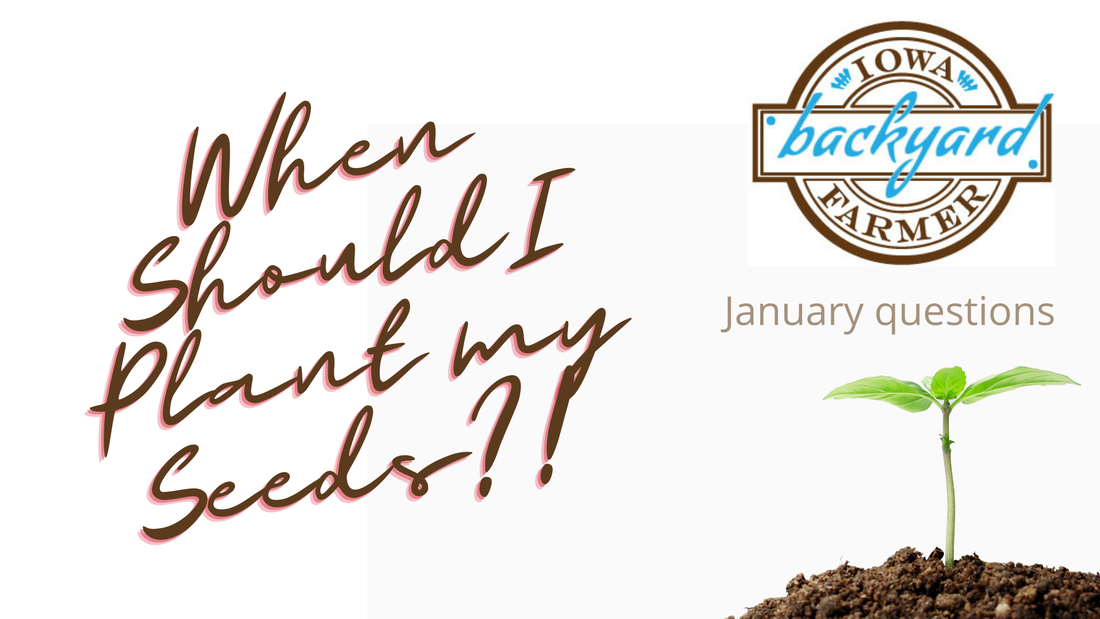
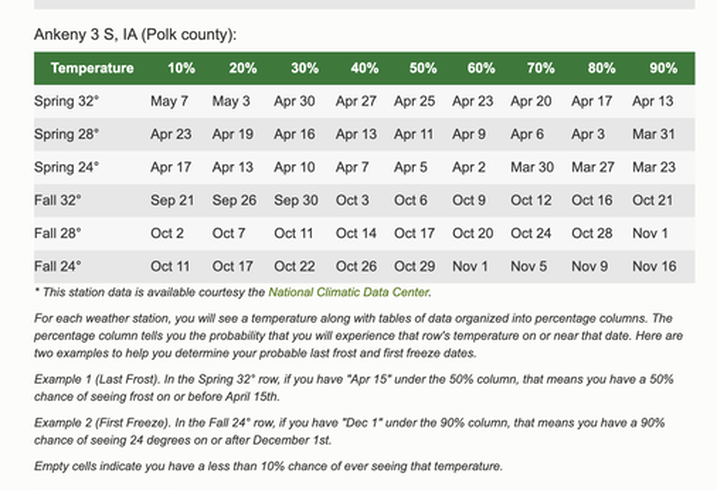
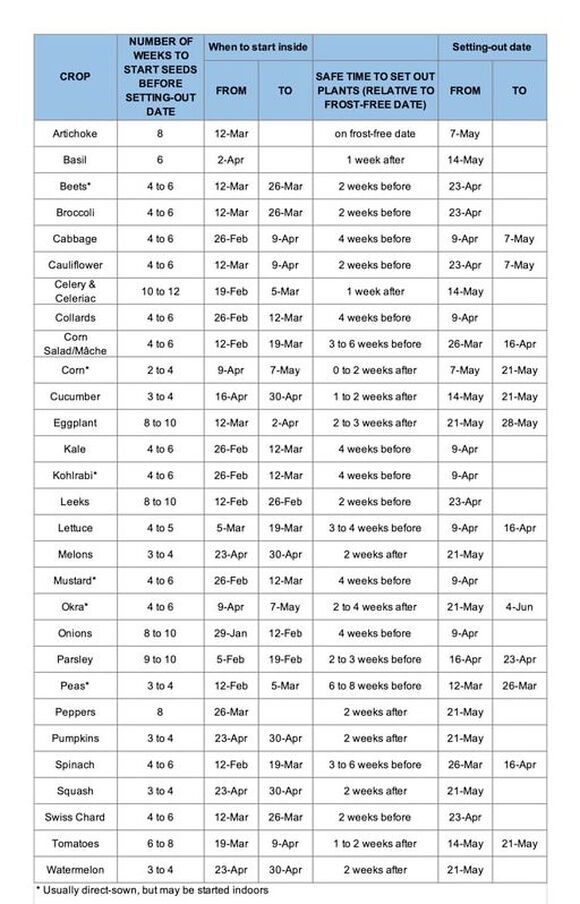
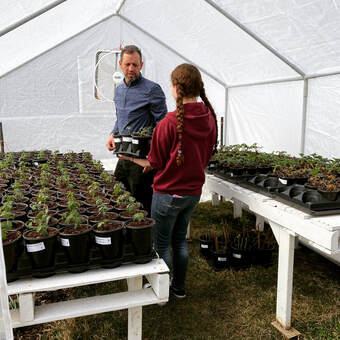
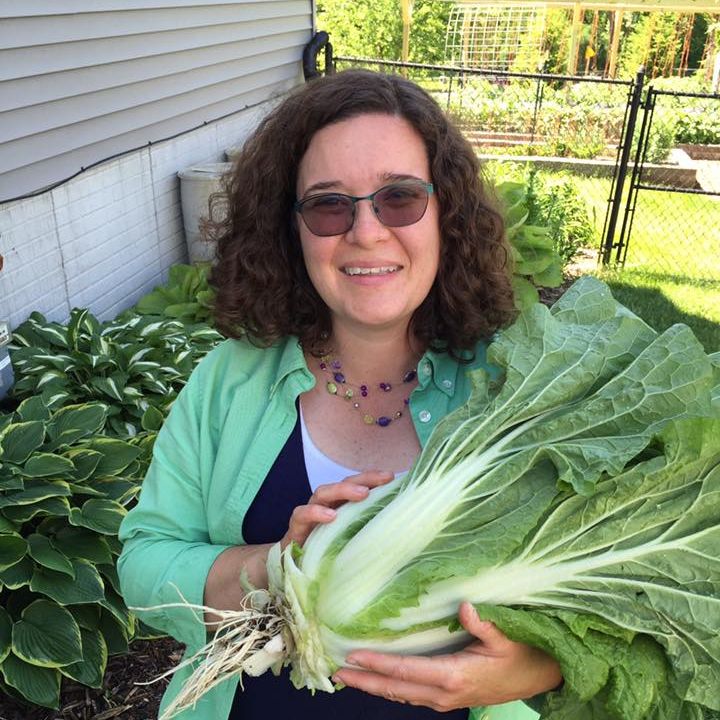
 RSS Feed
RSS Feed